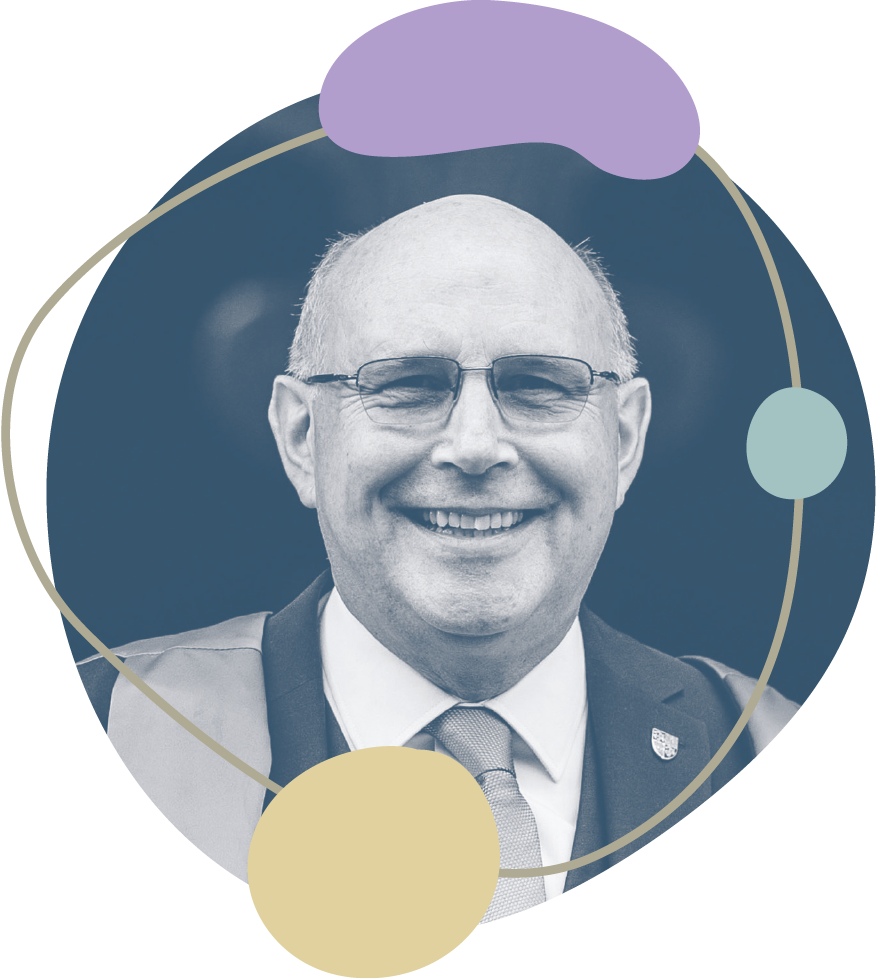
6 minute read
425 Years of Innovation
Innovation. To us, it’s not just a buzzword. For the last 425 years our Fellows and Members have lived and breathed innovation, first as a Faculty and then as a Royal College.
As we look back at our College history and think about our future, Bobby Rae reflects on just a few of the incredible people who have contributed to our success.

Peter Lowe (c.1550–1610)
Founder of the College
It would be hard to talk about innovators and not mention our founder, Maister Peter Lowe. As well as petitioning James VI to found the College in 1599, he was a renowned surgeon.
In the 16th and 17th centuries, there were no formally recognised medical schools in Scotland, so Maister Lowe travelled to Paris in search of professional development. Here he not only served as surgeon to Spanish regiments but was Surgeon in Ordinary to the French King Henry IV.
Prior to his return to Glasgow around 1598, he published his book, ‘The Whole Course of Chirurgerie’ (1597) which is believed to be the first complete guide to surgery written in English. This highly influential work, an innovation at the time, helped to change how contemporary surgery was taught.
Maister Lowe died on 15 August 1610 and is buried in the graveyard at Glasgow Cathedral.

William Smellie (1697–1763)
Member (1733)
Famously known as the ‘man-midwife’, Smellie is hailed as one of the 18th century’s leading experts on obstetrics.
After leaving the Royal Navy, where he trained as a surgeon’s mate, he set up his own practice and pharmacy in London in 1739. A few years later, he began presenting obstetrics lectures before returning to Glasgow to receive his degree in medicine.
Smellie was one of the first to base midwifery in science and invented several tools to assist with the delivery of children – including a pair of iron forceps. His book ‘A Treatise of the Theory and Practice of Midwifery’ (first published in 1752) was hailed as a milestone in how it described the mechanism of parturition. This was followed by his 1754 book that contained 39 engravings by Dutch artist Jan van Rymsdyk. His belief was that this book would help young practitioners understand obstetrics without lots of unnecessary details.
Perhaps, however, one of his greatest innovations was the Mauriceau-Smellie-Veit manoeuvre, a procedure that helped deliver babies in breech cases.
Smellie retired from practice and moved to Lanark in 1759.

John MacIntyre (1857–1928)
Fellow (1918)
With the growing development of medicine in the 19th century, John MacIntyre is credited with creating the world’s first radiology department in Glasgow.
MacIntyre initially pursued training as an electrician and worked as an apprentice before attending the University of Glasgow in 1878. Here, he studied under world-famous physicist, Lord Kelvin, before switching fields and completing a medical degree in 1882.
It’s believed that this combination of physics and medicine helped him reach the forefront of radiology as a form of medical diagnosis.
X-rays were first discovered in 1895 by German physicist, Professor Wilhelm Röntgen. He passed the information to Lord Kelvin who shared it with MacIntyre.
Within months of the discovery, MacIntyre had received permission from hospital managers to establish an x-ray laboratory at Glasgow Royal Infirmary, where he was employed.
MacIntyre was a pioneer in using x-rays. He’s credited with taking the first shots of a kidney stone in situ, a halfpenny stuck in a child’s throat, and the first cineradiogram of a frog’s leg moving.

Helen Frances Wingate (1895–1985)
Fellow (1937)
Hailed as the first female urological surgeon in Scotland, Wingate was a pioneer of women’s health.
After graduating from the University of Glasgow in 1920, she took up a role in the city’s Royal Infirmary before returning to the University to work in the pathology department. It was here she worked under Professor John Teacher (1869–1930) and Thomas Bryce (1862–1946), the pair who had discovered the Teacher-Bryce Ovum No1 in 1908.
In 1924, she discovered the Teacher-Bryce Ovum No2 during a routine post-mortem exam.
After some time in Vienna, Austria, completing her postgraduate training in urology, Wingate returned to Glasgow and was appointed consultant general and urology surgeon at Redlands Hospital for Women. She continued in this role even after her marriage – something considered rare at the time.
In 1945, she was one of only two women to found the British Association of Urological Surgeons. In this role, Wingate was able to shape how urology is practiced in hospitals today.

Professor Jeremy Bagg OBE (1957–)
Fellow (1996), Honorary Fellow (2024)
Professor Bagg has had a distinguished career in dentistry – and played a pivotal role in the establishment of Malawi’s first dental school.
Originally from Kent, he gained his dental degree from the University of Edinburgh in 1979, before going on to complete a PhD there in 1982. Having spent most of his career in education, he recently retired as Head of the University of Glasgow’s Dental School and Deputy Head of its School of Medicine, Dentistry and Nursing.
Renowned for his work in global health, Professor Bagg played a lead role in establishing Malawi’s first dental surgery degree and National Oral Health policy with the Ministry of Health. A central thread of this policy relates to the prevention of oral disease, reducing the requirement for costly curative dental treatment down the line. The MalDent project is helping to address the severe shortage of dentists in the country with the first home-trained dentists due to graduate in early 2025.
He was honoured in 2018 with an OBE for services to dental education and made an Honorary Fellow of the College in May 2024.

These are just a few of the innovators that have contributed to our College’s incredible history.
Together, let’s celebrate our College’s 425th anniversary and look ahead to many more years to come.
Tell us your stories of innovation by emailing media@rcpsg.ac.uk










